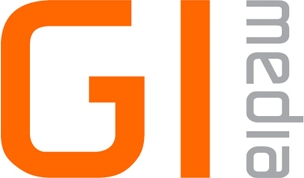Articles: Are magazines dead in the ever evolving media landscape?
Mon Sept. 15th 2014
Survey after survey and headline after headline, things have been looking grim for the magazine industry - but is there still a place for magazines in the changing media landscape?
I admit it. I’m a magazine reader. There is no way I can get the same fix from the internet as I do from relaxing with the crisp pages between my hands to read at my leisure. It seems I am not alone. Last year more than 28 million magazines were sold at retail in NZ, and around $165 million was spent buying consumer magazines. In fact we are a nation of magazine readers, with 29% of New Zealanders having a magazine subscription in their name compared to only 15% of Australians.
But there is no denying that print is being challenged. The latest readership surveys show continuing falls in the mass market titles with growth coming from magazines that offer a little bit more than the celebrity gossip you can get immediately on Twitter.
The most brutal declines have been coming from the weekly magazine market in which no magazine had year on year readership growth in the latest survey. However, this market still has the titles with the highest readership. Average readership for NZWW is now 708,000 and 696,000 for Woman’s Day – every week! Readership may be declining but there are still a huge number of woman’s magazine readers out there.
Most monthly titles have also suffered declines in circulation with the exception of a few specialist titles (such as MindFood, Good Health Choices, Healthy Food Guide and Lifestyle Block). Bi-monthly and quarterly titles tend to be niche or special interest magazines, but they are generally less likely to be declining in either circulation or readership.
From an advertiser’s perspective, even with the current declines in readership, magazines still offer high reach and cost efficiency particularly among a female audience, with the ability to build reach across titles and leverage the relationship between the magazine and the reader. Advertiser share of voice (SOV) within a magazine remains high due to the finite number of pages while digital SOV has declined. 100,000 impressions on a website are still 100,000 impressions with the same cost but SOV gained with 100,000 impressions has declined with the explosion in online viewing.
Advertisers are still using magazines for their inherent strengths. In 2013, magazine advertising made up 9.3% of total advertising revenue, up $1 million from 2012 and consistent with share for the last decade.
Magazines may be wounded but they certainly aren’t dead from either a consumer or advertising viewpoint. They are still struggling to meet the challenges of today but the ones that will achieve it are those that use the relationship they have with their readers to make the print experience one which can’t be replicated on the screen or that move into online and mobile offerings which extend that relationship.
